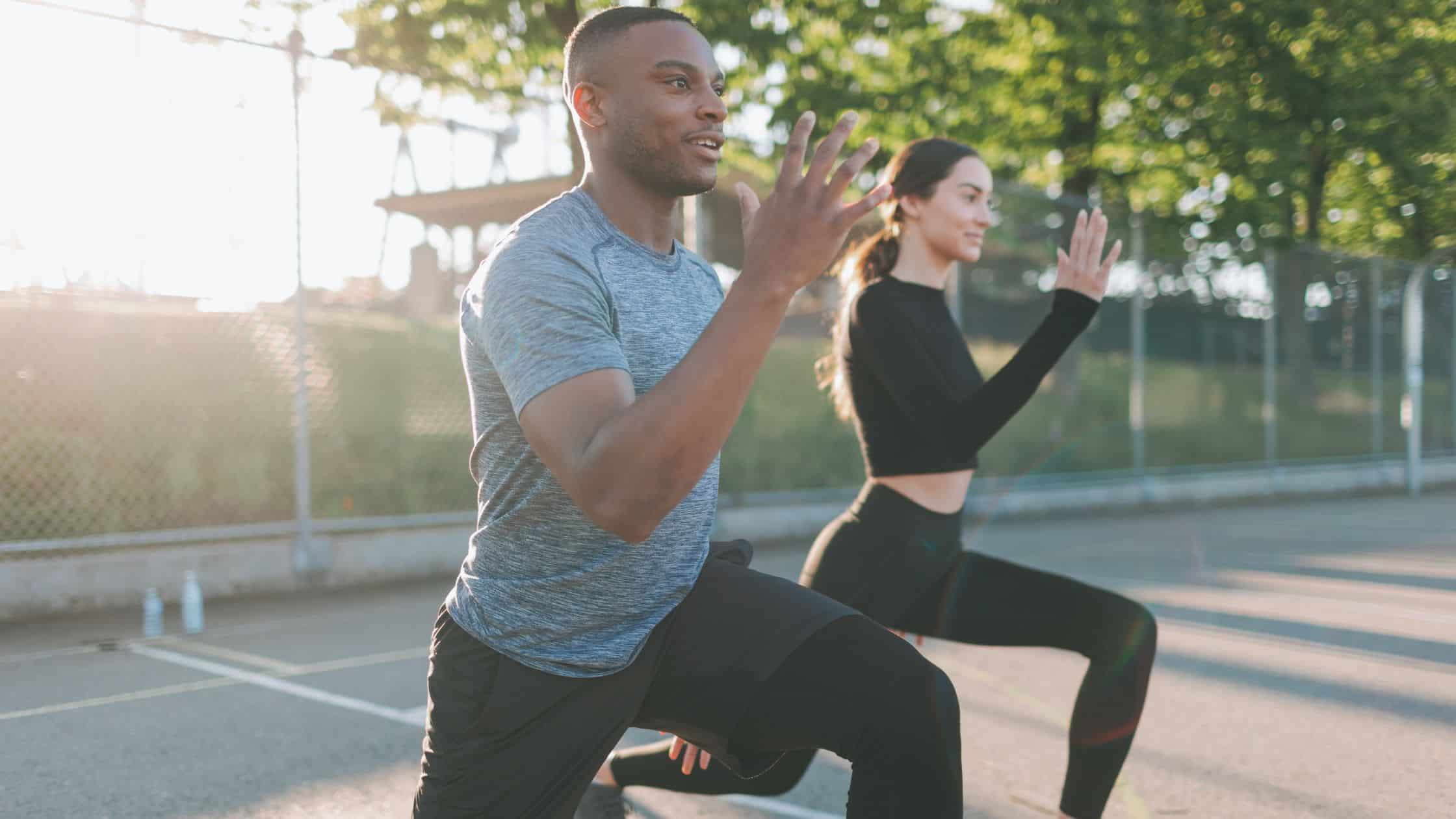Article: College Female Athletes and Pelvic Floor Muscles: How Training Supports Performance and Wellness

College Female Athletes and Pelvic Floor Muscles: How Training Supports Performance and Wellness
The Overlooked Muscle Group in Female Athletes
When most college female athletes think about training, they focus on strength, endurance, agility, and flexibility. But there’s one critical muscle group often overlooked: the pelvic floor muscles. These deep core muscles play a huge role in stability, athletic performance, and even sexual wellness. With targeted pelvic floor training, young athletes can gain advantages that go beyond the playing field.
Pelvic Floor Muscles and Athletic Demands
The pelvic floor forms the base of the core, working with the abdominals, diaphragm, and lower back muscles to stabilize the body. In high-impact sports like running, basketball, soccer, and gymnastics, these muscles absorb pressure and maintain control. If they’re weak, athletes may struggle with issues such as:
-
Stress urinary incontinence during high-impact activity
-
Lower back pain from poor core stability
-
Reduced power transfer in explosive movements
This is why pelvic floor and sports performance go hand in hand. A strong pelvic floor provides better balance, coordination, and control, helping athletes compete with confidence.
Benefits of Pelvic Floor Training for Athletes
Adding pelvic floor training to a conditioning routine offers several benefits:
-
Improved stability and power – A stronger pelvic floor enhances core strength, which supports more effective jumps, sprints, and lifts.
-
Injury prevention – Stability from the pelvic floor reduces strain on the hips, knees, and lower back.
-
Better breathing and endurance – Since the diaphragm and pelvic floor work together, training improves oxygen efficiency.
-
Confidence on the field – Addressing common but underdiscussed issues like leakage during play allows athletes to perform without distraction.
Connection to Sexual Wellness
One often overlooked benefit of pelvic floor training is its impact on sexual health. Stronger pelvic floor muscles increase circulation and sensitivity in the pelvic region, which can enhance arousal and orgasm. For college-aged women balancing sports, academics, and personal life, this adds another layer of holistic wellness. Training the pelvic floor isn’t just about sports—it’s also about quality of life.
How Female Athletes Can Train the Pelvic Floor
Practical ways to start include:
-
Kegel exercises: Contract and release pelvic floor muscles in sets to build strength.
-
Breathwork drills: Deep diaphragmatic breathing improves coordination between the diaphragm and pelvic floor.
-
Functional movements: Squats, lunges, and planks with focus on pelvic engagement integrate these muscles into athletic movement.
-
Professional guidance: Working with a pelvic floor physical therapist ensures safe and effective training.
Building Awareness Among College Athletes
Many young athletes don’t realize the importance of pelvic health until symptoms arise. Coaches, trainers, and sports medicine professionals can play a big role in raising awareness. By normalizing conversations about the pelvic floor, they empower athletes to take charge of both performance and wellness.
Final Thoughts
For college female athletes, pelvic floor and sports performance are directly connected. Incorporating pelvic floor training not only enhances athletic ability but also contributes to long-term health and sexual wellness. By viewing the pelvic floor as a vital part of the athletic body, women can unlock greater strength, confidence, and balance—on and off the field.
DISCLAIMER: THIS WEBSITE, YARLAP, AND RLI, INC. DO NOT PROVIDE MEDICAL ADVICE OR DIAGNOSIS. The information, including but not limited to, text, graphics, images and other material contained on this website are for informational purposes only. Any information published on this website or by this brand is not intended as a substitute for professional medical guidance and should not be used during any medical emergency or for the diagnosis or treatment of any medical condition. Always seek the advice of your physician or other qualified health care provider with any questions you may have regarding a medical condition or treatment and before undertaking a new health care regimen, and never disregard professional medical advice or delay in seeking it because of something you have read on this website. Links to other sites are provided for information only - they do not constitute endorsements of those other sites or any recommendations or advice contained therein.
